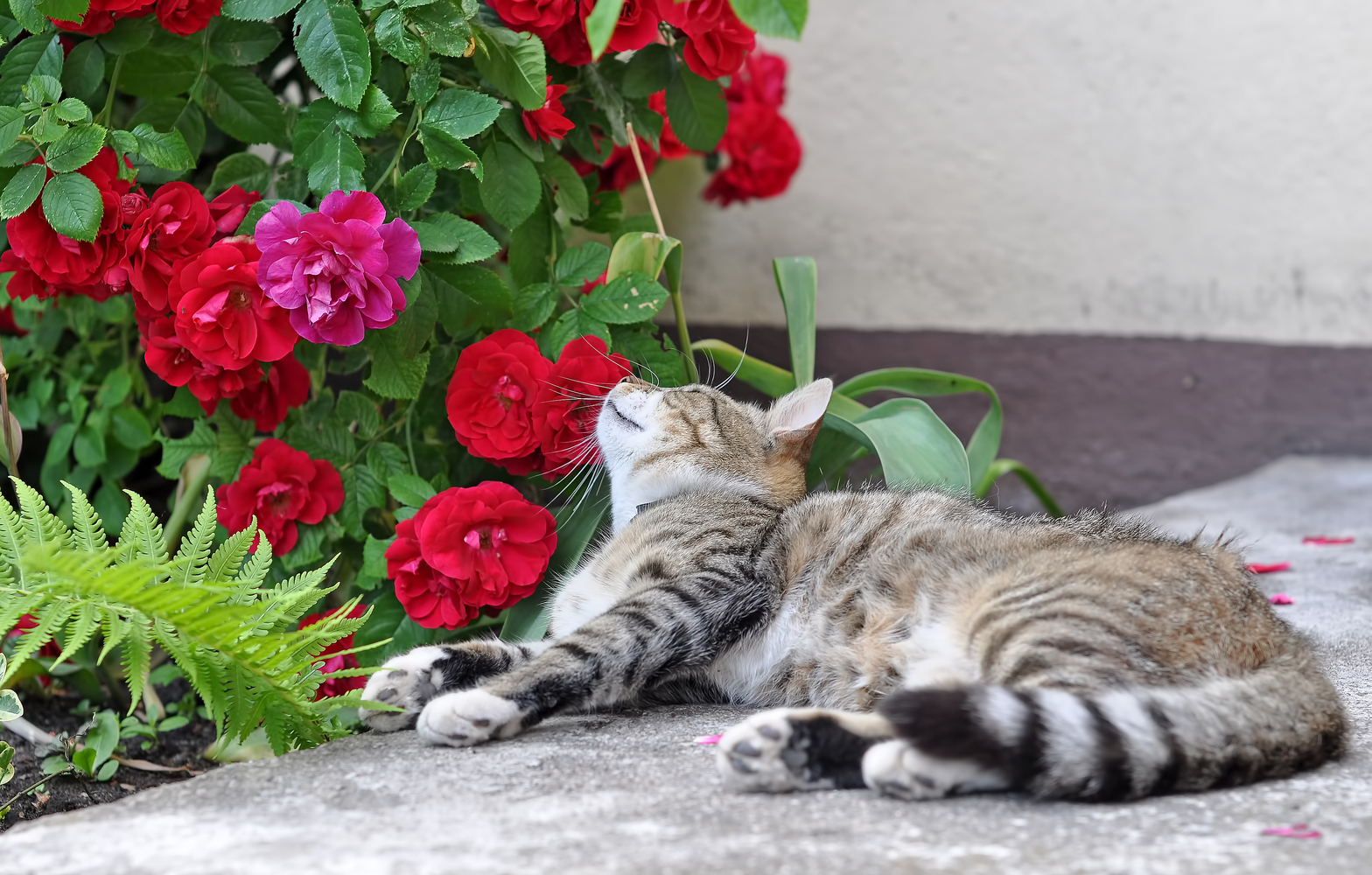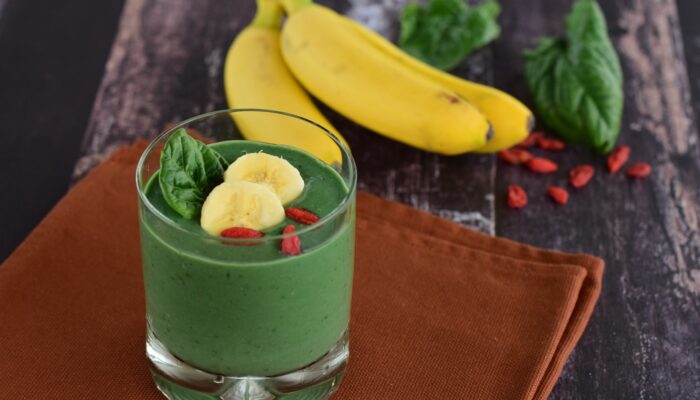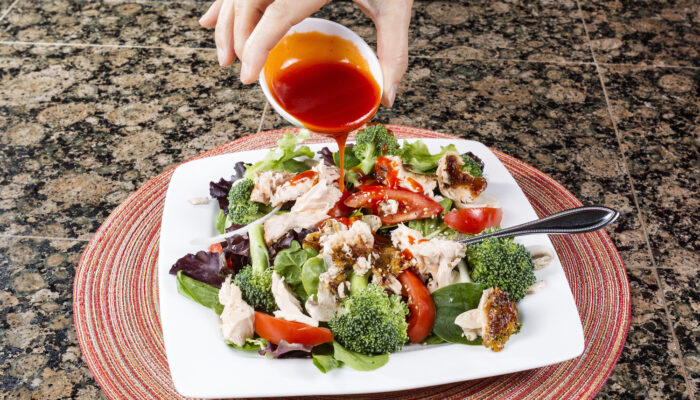
Toxic Houseplants for Cats
Cats are mischievous and curious by nature and, as a result, many chew almost anything even if it’s not food. If you are a cat owner, you will need to be careful about the houseplants you have around your home, as there are quite a few house plants that are toxic for your feline. Since it is quite difficult to stop your cats from exploring, it is best to stay informed and avoid bringing plants into your home that are toxic for cats in the first place. If you are unsure of how safe a particular plant is, it is best to get rid of the plant in order to avoid any kind of feline health complications.
Many toxic house plants are irritants, as they cause just inflammation of the mouth, stomach, and skin. However, some toxic plants can also cause damage to the cat’s organs like the heart or kidney, which can be quite fatal. Here are the most common houseplants that are toxic to cats:
1. Amaryllis
The leaves, stems and bulbs of the flowering amaryllis contain phenanthridine alkaloids, which are toxic to cats and may cause vomiting, hypotension (drastic drop in blood pressure), and respiratory issues.
2. Chrysanthemums
This common houseplant, often given as a gift, contain pyrethrins, which are commonly used in store-bought dog flea and tick medications, but they are often poisonous to cats when ingested, causing a mix of loss of appetite, vomiting, and diarrhea.
3. Daffodils
This happy springtime flower is actually poisonous to cats, dogs, and horses, particularly the bulbs. Consuming may result in low blood pressure, vomiting and diarrhea, excess salivation, convulsions, tremors, and even cardiac arrhythmias.
4. English Ivy
Also commonly called sweetheart ivy, this climbing plant is toxic to both canines and felines, often causing symptoms similar to intoxication accompanied by vomiting, diarrhea, abdominal pain, and excessive drooling.
5. Sago palm
Palms, particularly the sago palm, are entirely toxic to cats. From the seeds (or nuts), stems, and leaves, all of which contain toxic cycasin. If any part of the sago palm is ingested cats will experience liver failure.
6. Tulip
Similar to daffodils, the bulbs of tulip plants are toxic to cats because they contain allergenic lactones. If ingested cats will experience diarrhea, vomiting, and lethargic depression-like symptoms.
As a cat owner, if you are aware that a house plant is toxic for your cat, you should take it out or get rid of it. Although some parts of the plant may have a higher concentration of the toxic principle than the other parts, it is advised to take precautions. The toxicity levels vary from plant to plant. In some cases, just a small amount of the ingested plant can have devastating results; whereas, in other cases, cats may need to be exposed to relatively large amounts of the plants before the symptoms even begin to appear.
If you notice your cat eating the leaves or flowers of a toxic plant or if you even have any suspicions that your cat could have eaten or nibbled at the toxic plant, you need to remove any plant material from your cat’s hair, skin, or mouth. Additionally, closely monitor your cat and call the Pet Poison Helpline and your veterinarian immediately.




